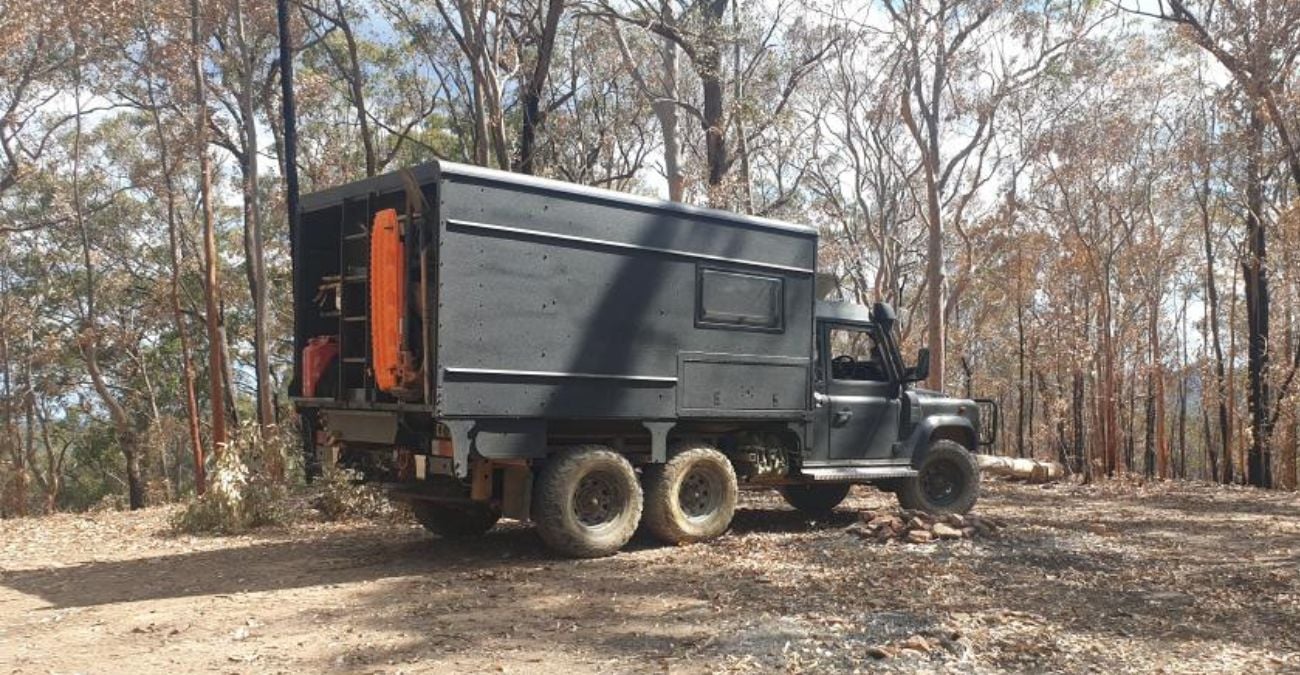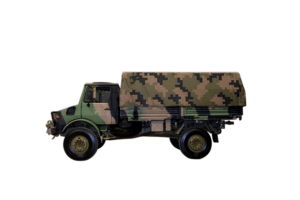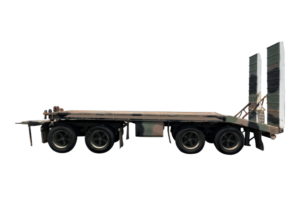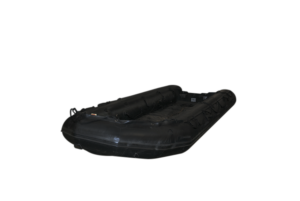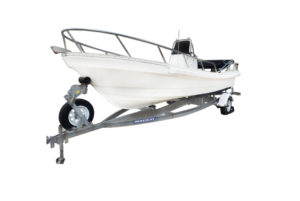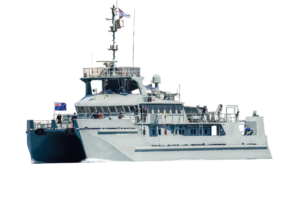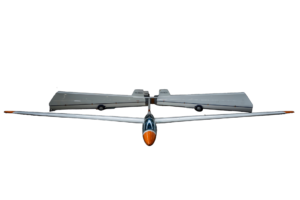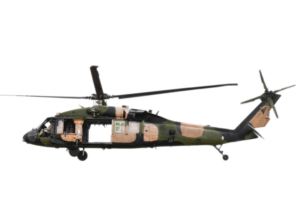Fuel costs can burn a hole in your wallet, but Craig Coghlan had a better idea! Drawing on his skills as a mechanic, he decided to tackle the challenge head-on by creating his own biodiesel to fuel his Australian ex-Military Land Rover Perentie 6×6 Air Defence Vehicle. We caught up with Craig to dive into his DIY fuel journey, discover how it transforms his vehicle’s performance, and get the full rundown on his remarkable modifications.
Why an Australian Ex-Military Land Rover Perentie?
Craig chose the Aussie Land Rover Perentie 6×6 Air Defence Vehicle because he wanted “a tourer that was an old-school mechanical injection with no computers”—one that could withstand creek crossings without electronic malfunctions. The ex-Military Perentie, powered by the iconic Isuzu 4BD1 Turbo engine, was the perfect fit for him. “The 6×6 gave me storage space, and the Isuzu 4BD1T motor is a known high mileage motor” Craig explains.
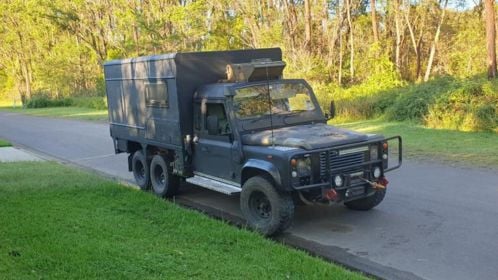
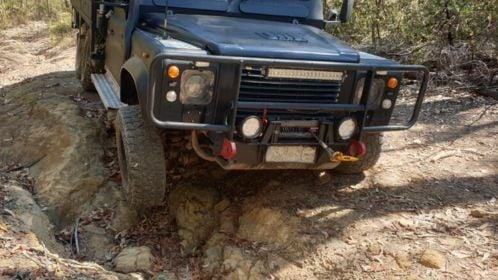
Why choose homemade Biodiesel?
Fuelling a Perentie can get costly for daily use. Craig’s decision to start making his own biodiesel didn’t happen overnight. He spent five years researching a cost-effective solution for his Perentie and how to make his own fuel. “I like to make stuff,” Craig says, “and I enjoyed the challenge of figuring out how to make biodiesel.”
Craigs creative solution costs him around 44 cents per litre instead of approximately $1.82. Craig can fill up all 384 litres across his tanks which include 2 x 62L tanks, a 140L tank, and 6 x 20L jerry cans for only $170 instead of over $700.
Making BioDiesel: The Process
Craig’s method for converting cooking oil into biodiesel is a thorough process, progressing from careful filtration to a refined fuel ready to power his Perentie.
Pre-Filtration and Settling
Craig starts by straining cooking oil through a wire gauze ladle, removing food particles and other large impurities. The oil then settles in a sump, where heavy waste settles and can be drained off. It is then pumped to a large heating vessel through 4× 10 micron filters.
Heating and Titration
Once pre-filtered, the oil is heated to 55°C for three hours. Craig performs multiple titration tests to calculate the precise amount of sodium hydroxide to add, ensuring each batch is carefully measured. It is then added to methanol, methanol is always 20% of the volume of oil.
Washing
Glycerine settles at the bottom and is drained off to be cleaned later, while the remaining biodiesel is pumped to a wash tank. Around 20 litres of wash water (from a rain tank) is fine mist sprayed over the top of the oil. It is allowed to settle for 24 hours, then drained and stored for cleaning. This process is repeated until testing shows the biofuel to be pure.
Final Filtration and Storage
In addition to ensuring the biodiesel is clean and filtered during production, Craig uses a service station-style pump with a standard filter when filling his tanks. The fuel is pumped into his 140 L tank, which runs through another filter via a transfer pump to fill the right side tank, and then runs through the Isuzu fuel filter before the injection pump to run the engine. He drains the water separators weekly to check that everything is running well but has never had an issue or any water in them. It’s safe to say his Perentie only receives the cleanest fuel.
While the process might sound complex, Craig said it becomes intuitive after a few rounds. With multiple storage and wash tanks, he can process up to 1,000 litres at a time, creating a continuous flow of homemade fuel ready for his journeys.
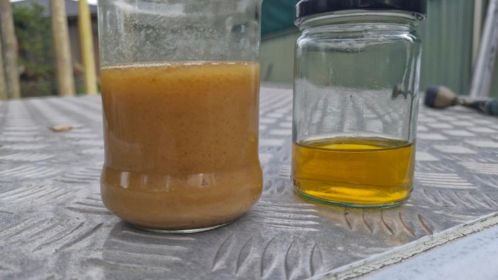
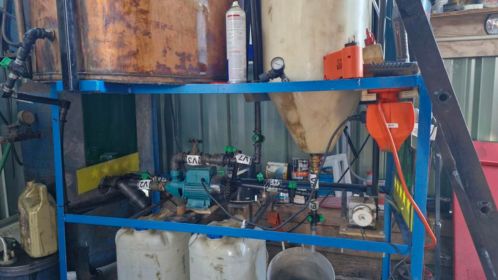
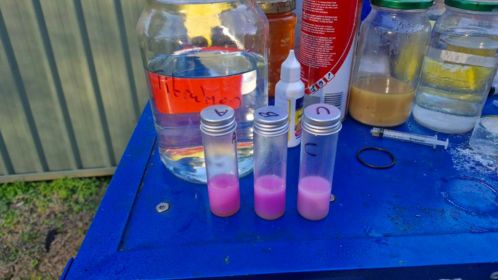
BioDiesel on the Road: Performance and Practicality
So, how does his Perentie handle biodiesel? According to Craig, there’s little noticeable difference in performance or fuel economy compared to traditional diesel. His Perentie’s exhaust emits a faint “fish-and-chips” scent—a quirky reminder of his homemade fuel—but other than that, it runs smoothly.
When starting with a cold motor, Craig said he has to have a fast idle for the first 30 seconds, and after that, it idles normally. He also has the option to use regular diesel in the left fuel tank to start in particularly cold environments like snow and then switch back to biodiesel once the engine is warm.
With a full load of biodiesel, Craig’s Perentie can travel between 1,700 and 1,900 km, a considerable range that allows him to venture off-grid. And if needed, he can top up any of his tanks with regular diesel without any issues—giving him flexibility for long-distance trips.
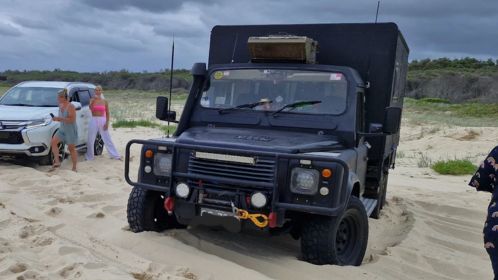
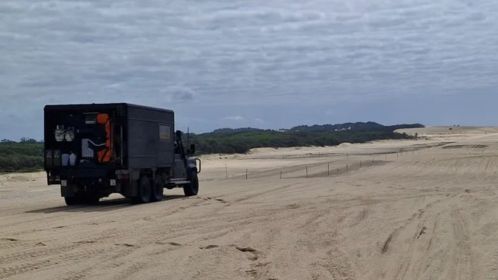
Custom Modifications for the Ultimate Off-Grid Tourer
Craig has put extensive work into transforming his Australian ex-Military Perentie into a fully equipped touring vehicle. It’s fitted with 12v and 24v alternators to power everything from the reverse-cycle air conditioning to a 65L fridge-freezer. A 240ah AGM battery supports the A/C, while two additional 120ah AGM batteries run lights, fans, and a 3000-watt inverter. Inside, Craig has installed a double bed, a toilet, and plenty of storage, with dedicated spaces for everything from recovery gear to kitchen essentials.
The outdoor setup has a 270° awning and a 3x3m canvas room if needed. A rear-mounted hot water shower, essentials like gas bottles, jerry cans for fuel or water, and recovery tools are also fitted to the back. The Perentie’s exterior is Raptor coated for durability.
Inside the cab, which has extra soundproofing, Craig has an 80ch UHF, 80ch handheld, AM CB radio, Bluetooth stereo, speakers, and headsets with microphones to chat on the road or take calls.
He has added a GPS tracker and rear-view cameras for enhanced security and convenience. The trundle draw carries dual 60L water tanks, each separately plumbed to ensure water availability even if a leak occurs. Craig is currently working on a heavy-duty Uniclutch upgrade and a pop-top roof with additional solar panels. A possible switch to lithium batteries may also be in the works at some stage.
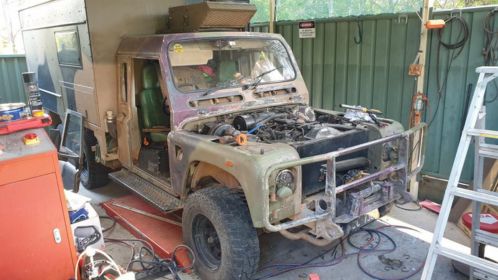
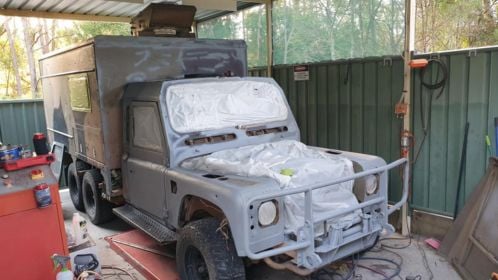
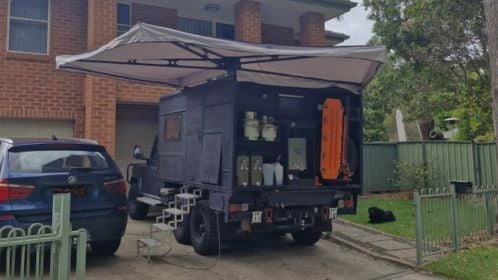
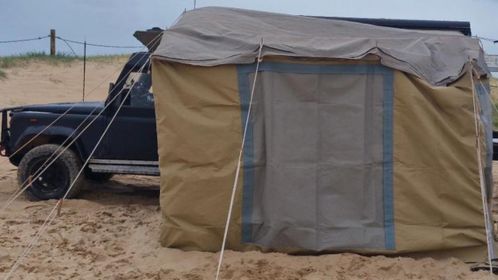
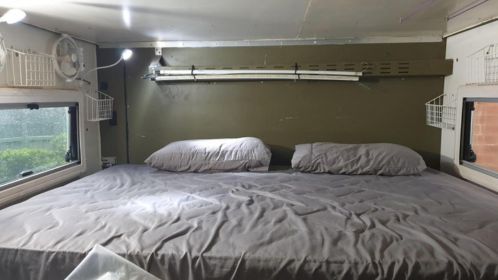
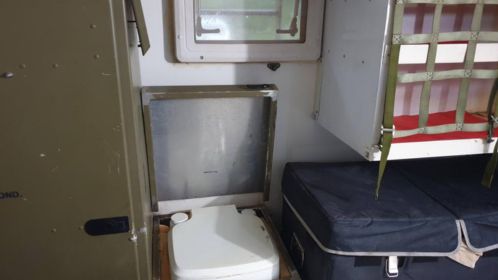
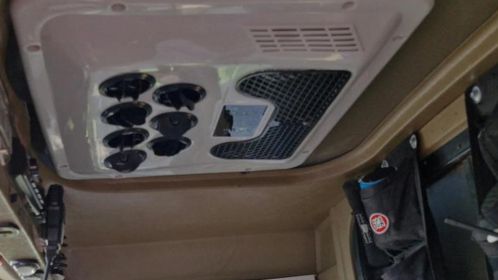
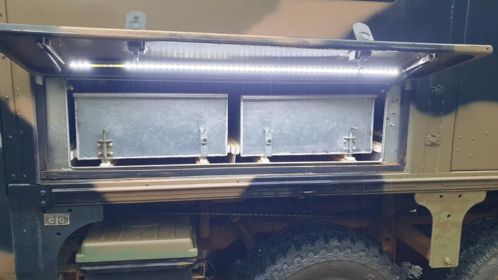
Follow Craig's Journey on Six-Wheel Adventure Touring
You can follow along as he shares tips and modifications on his Instagram (@six_wheel_adventure_touring) or YouTube channel (@SixWheelAdvetureTouring-up9qm).

